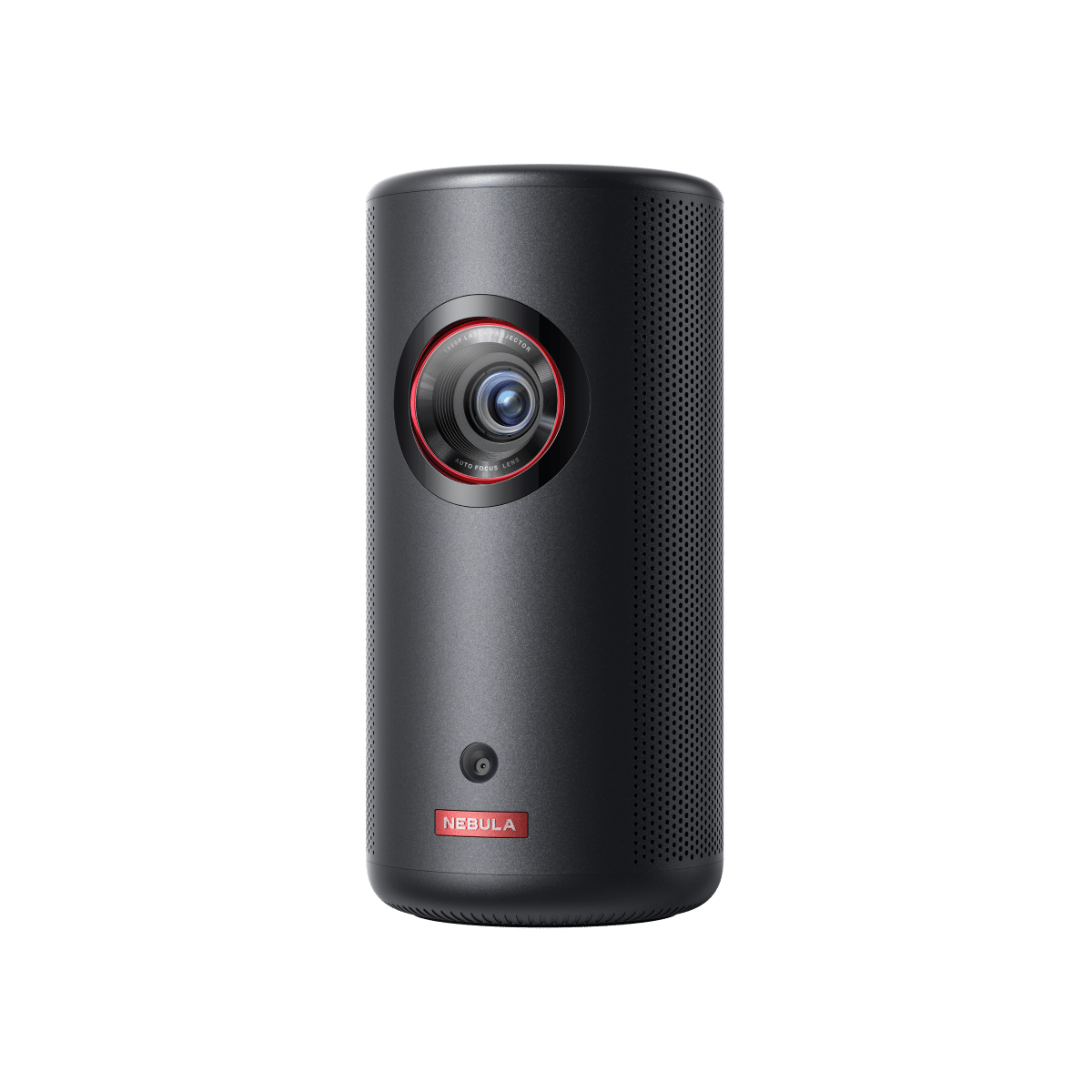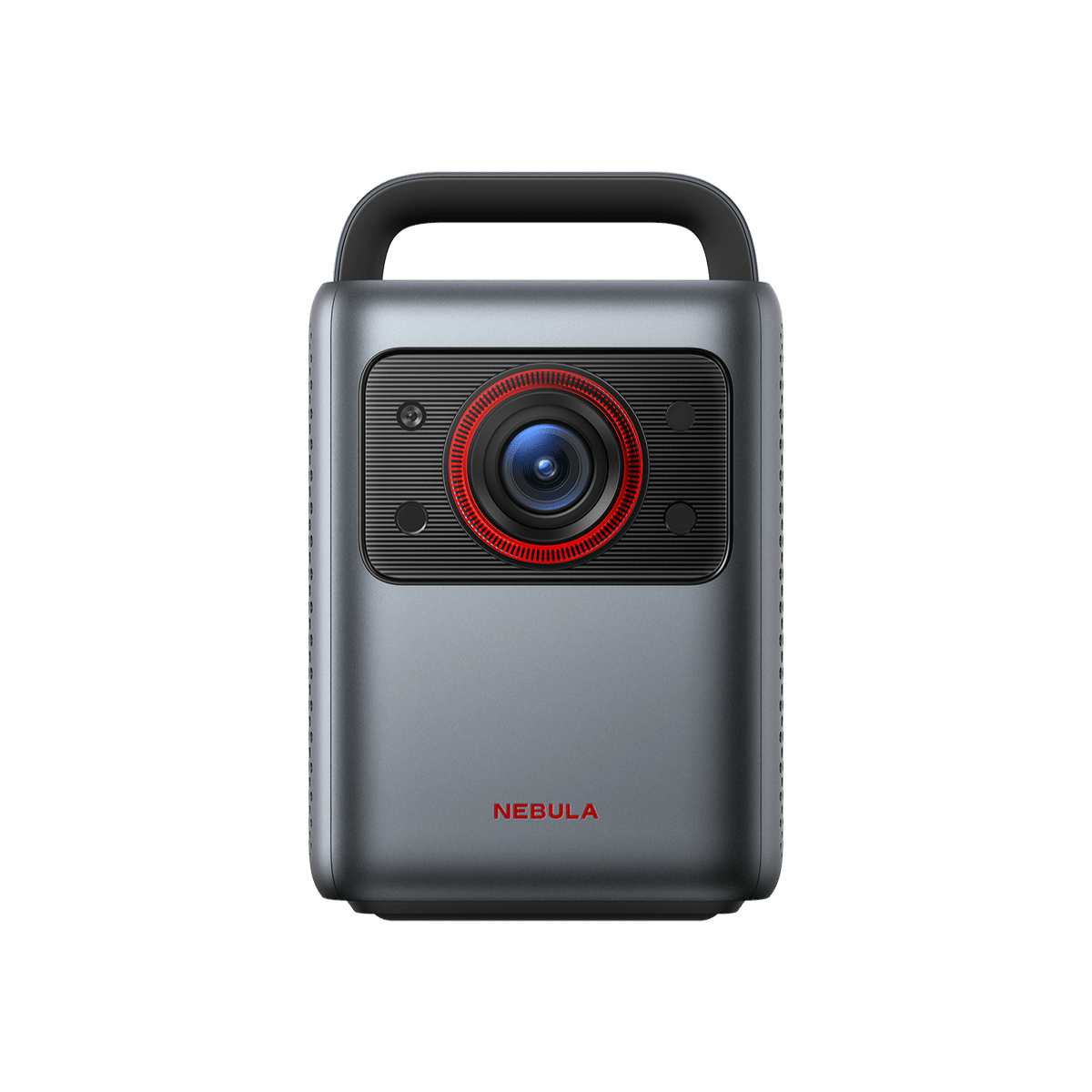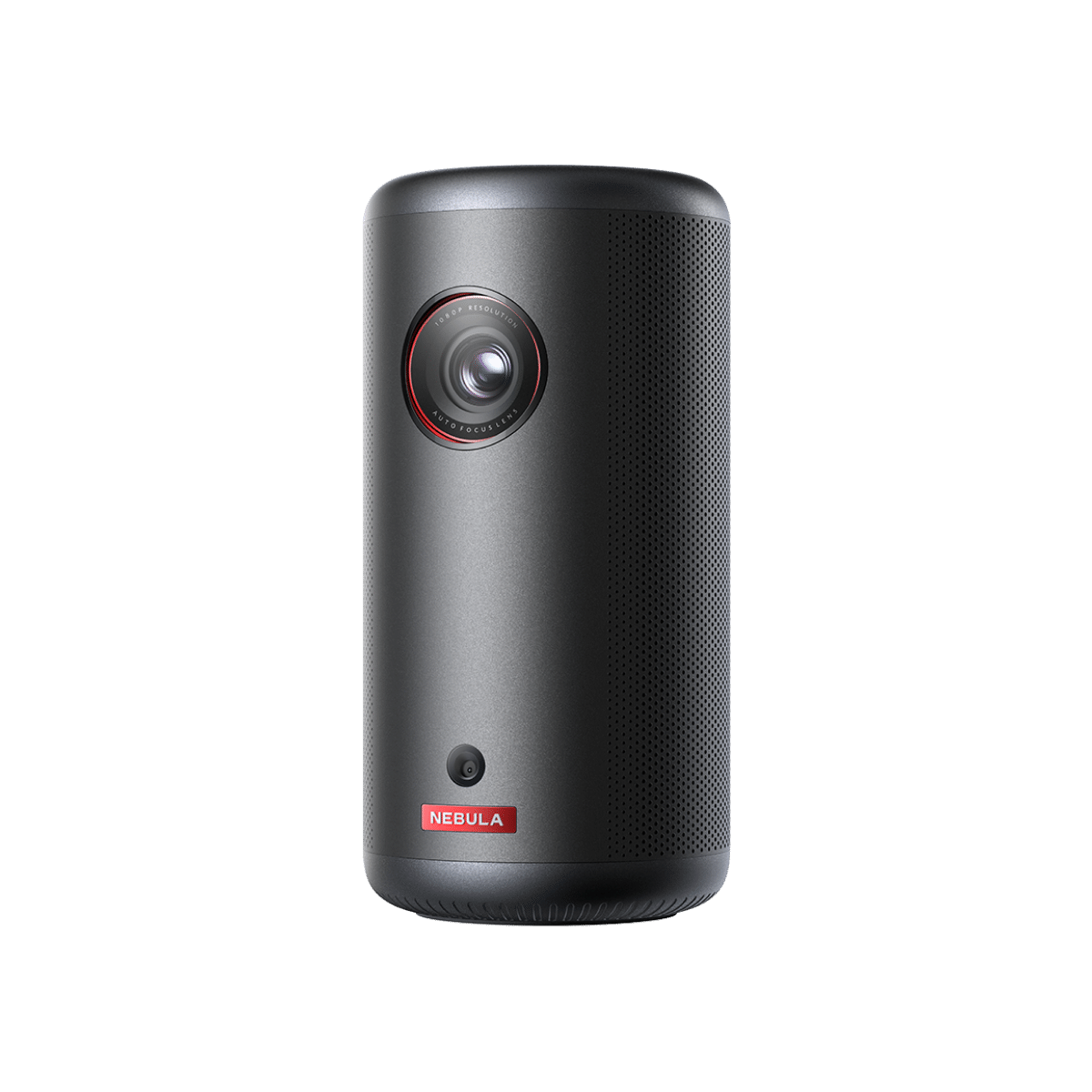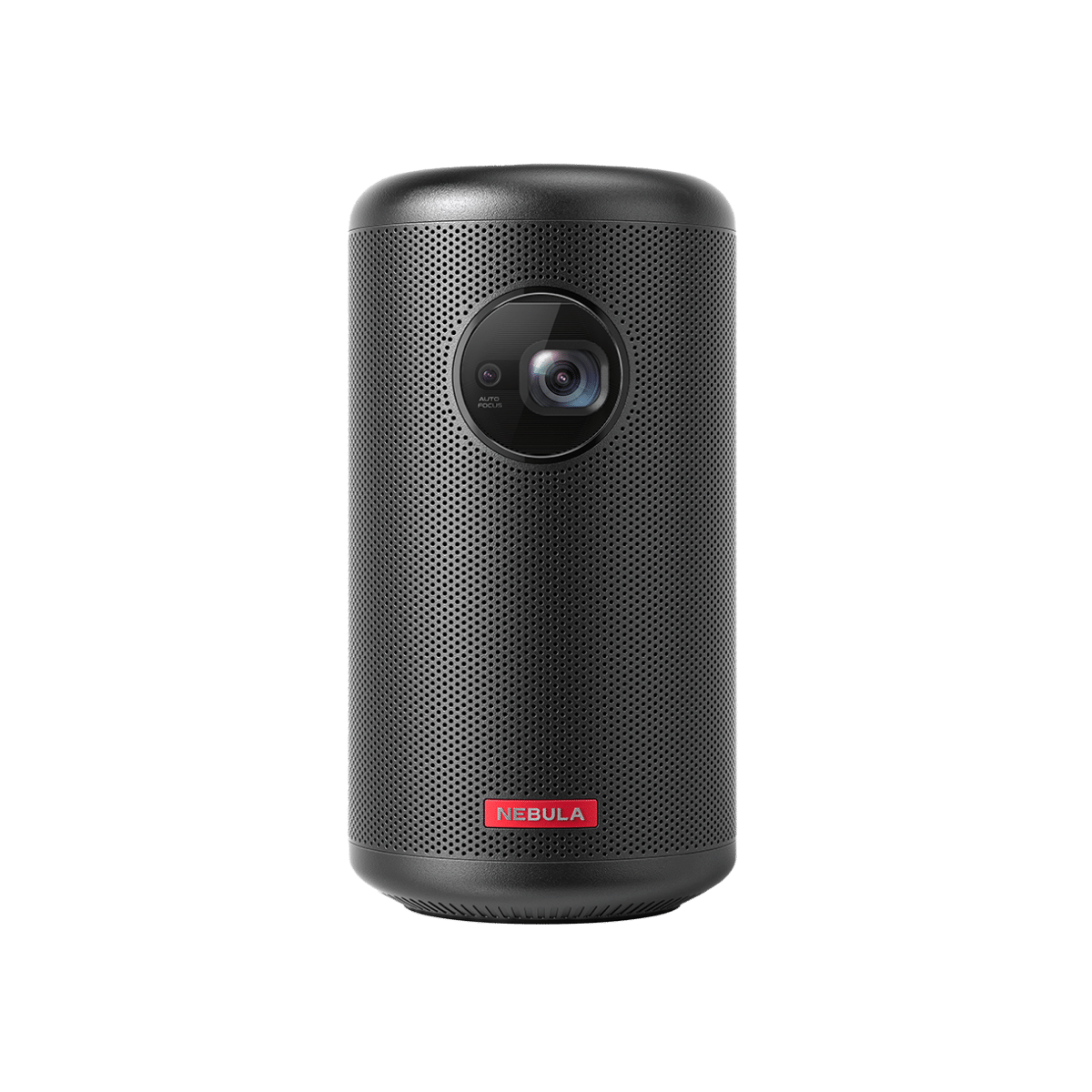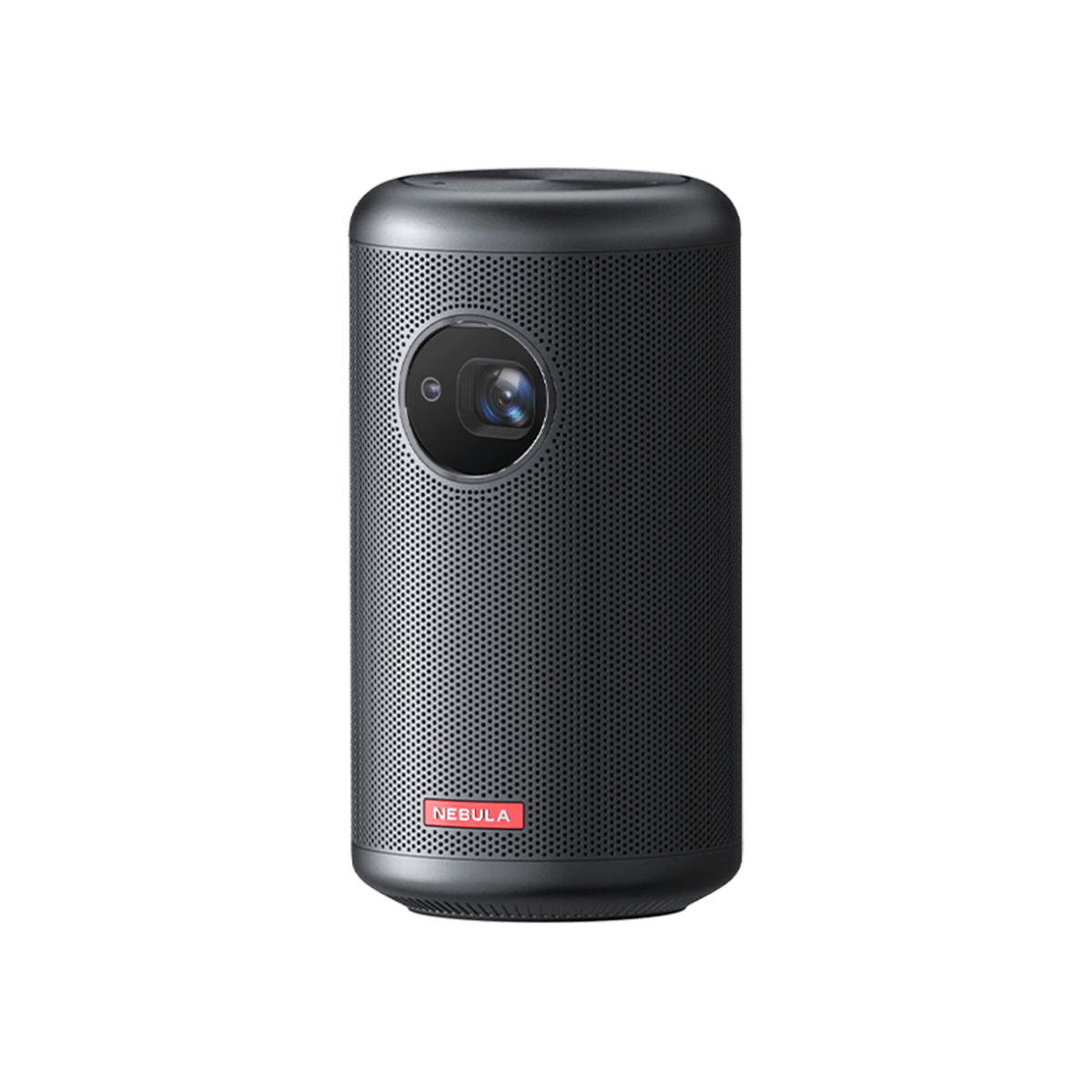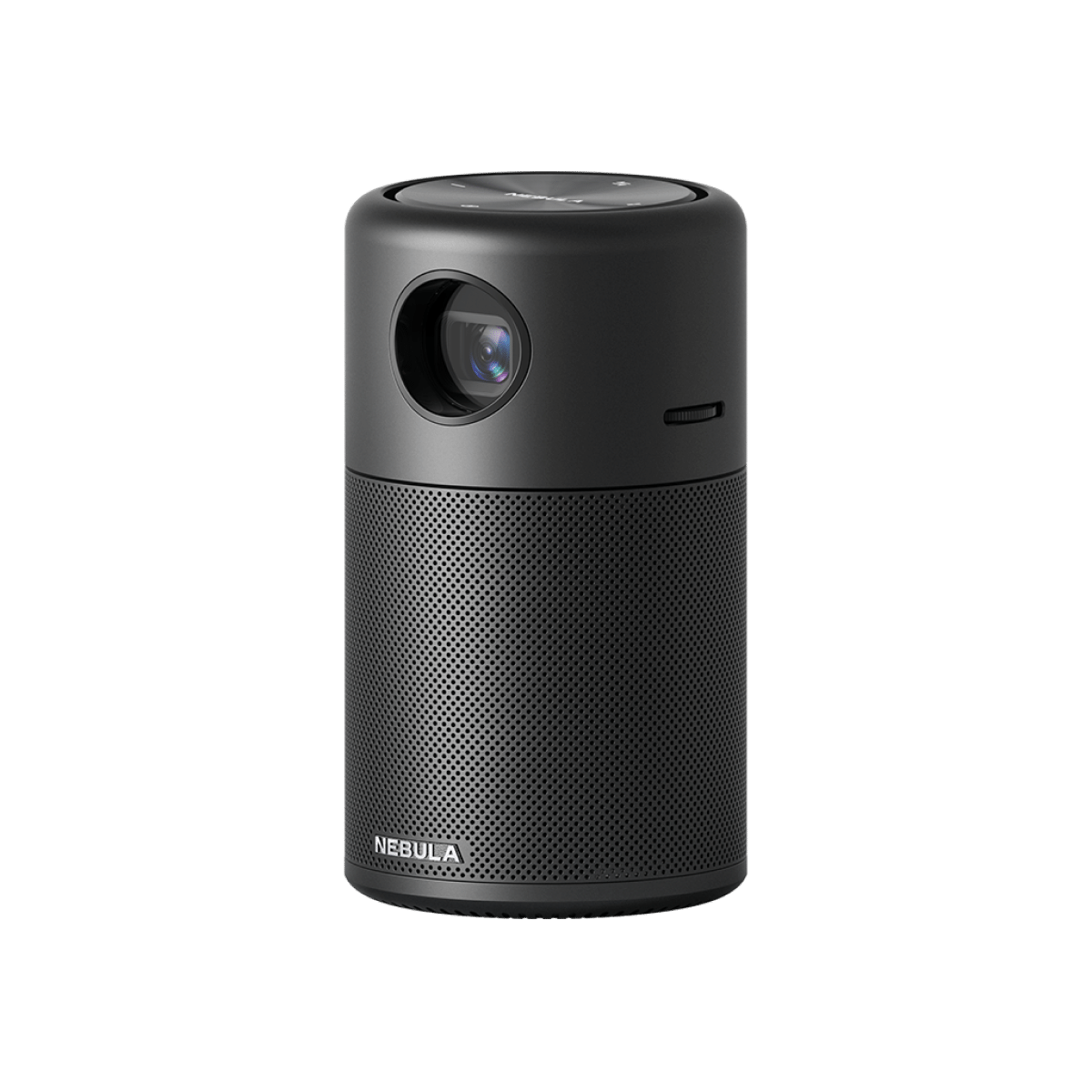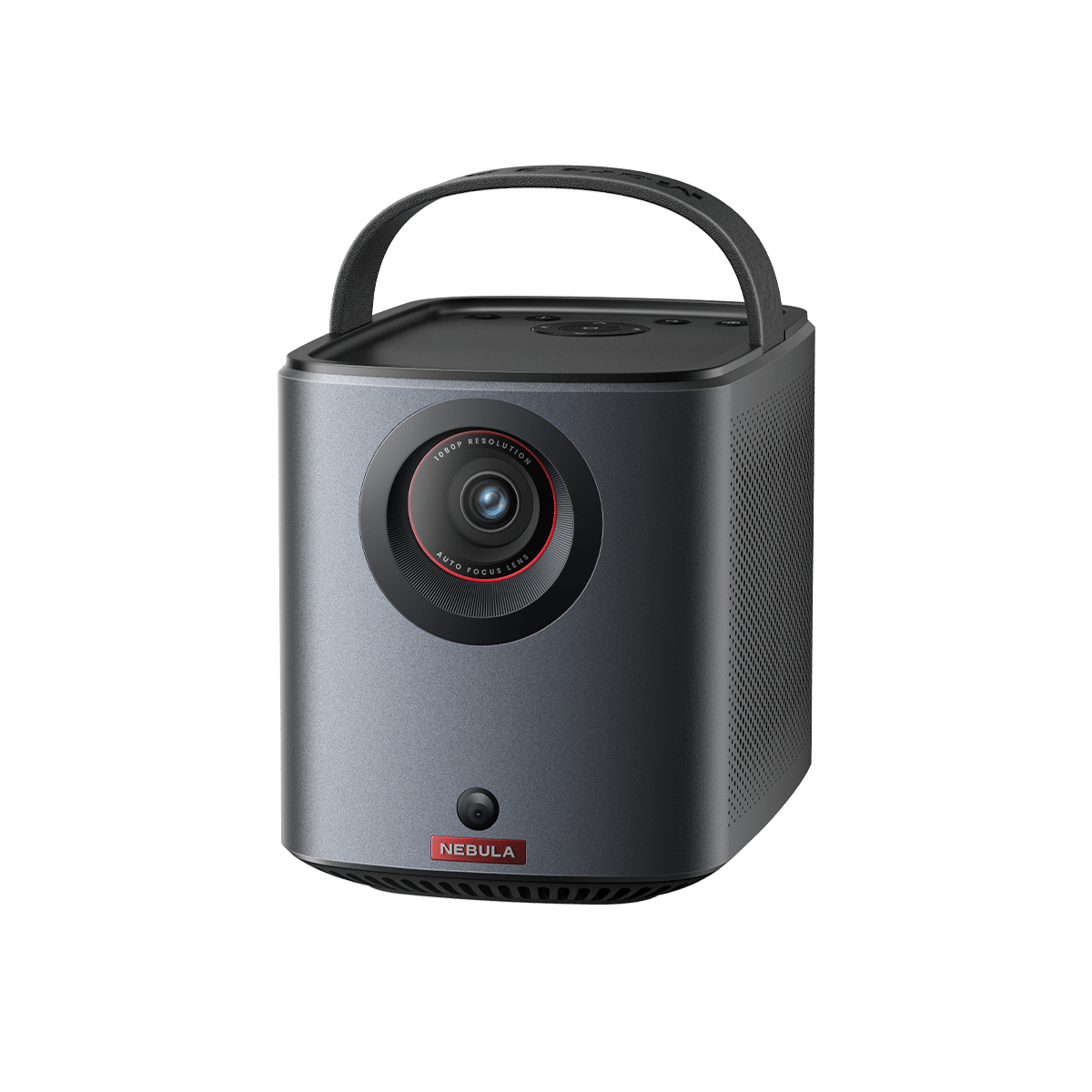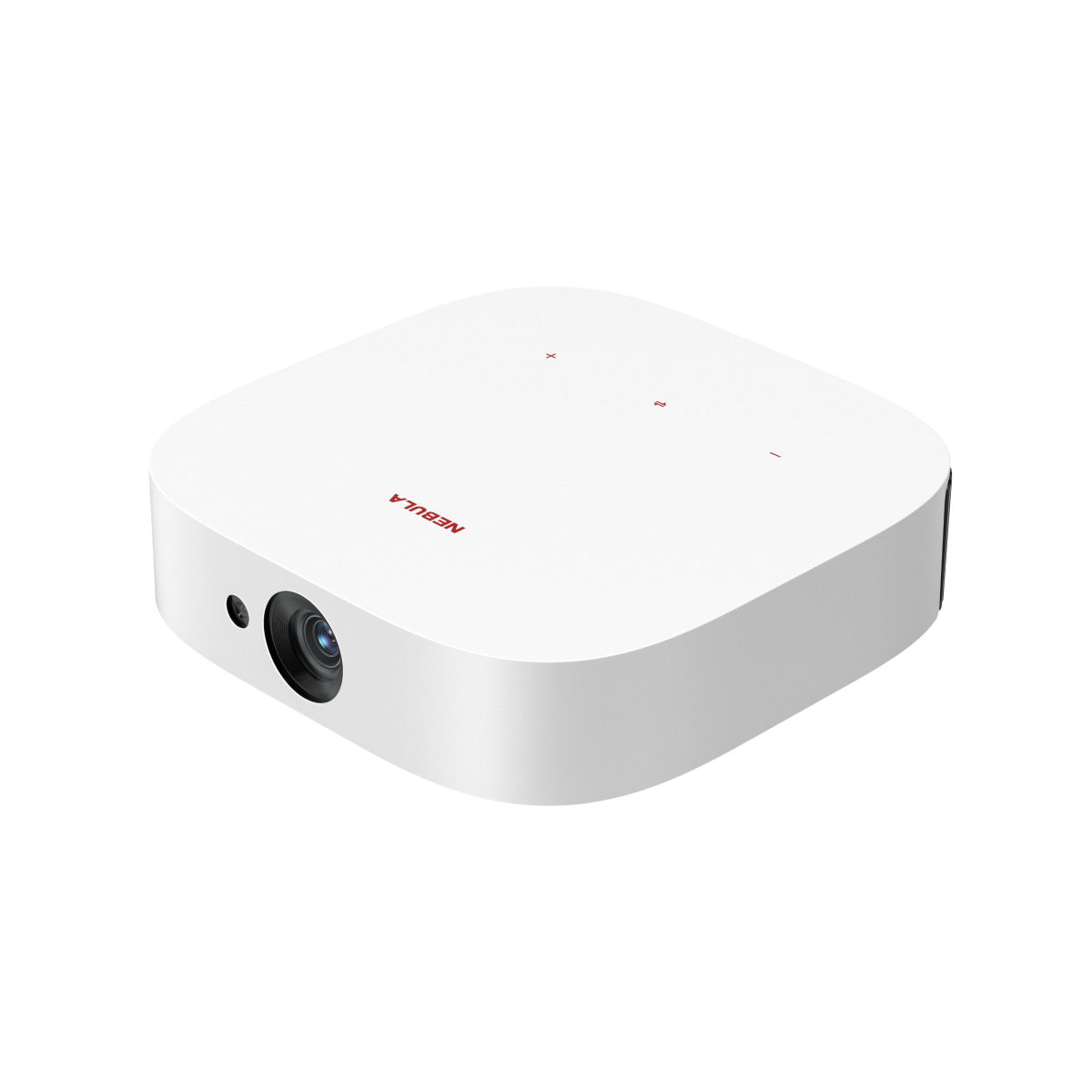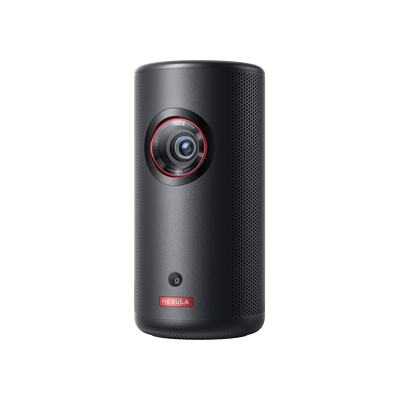
Choosing the right projector aspect ratio can make a significant difference in your viewing experience. Whether you're setting up a home theater, office presentation system, or using a projector for educational purposes, understanding aspect ratios is crucial. But what exactly is an projector ratio, and how do you go about choosing the ideal one for your needs? In this comprehensive guide, we'll break down the concept of projector aspect ratios, discuss common options, and provide guidance on selecting the right aspect ratio for your specific requirements.
What Is Aspect Ratio?
Before we delve into the specifics of projector aspect ratios, let's begin by grasping the aspect ratio definition. An aspect ratio is the proportional relationship between the width and height of an image or screen. It's typically expressed as two numbers separated by a colon, such as 16:9 or 4:3. The first number represents the width, and the second number represents the height. The aspect ratio helps determine the shape and size of the projected image.
The choice of aspect ratio is critical because it can impact the way you experience visuals on the screen. Different content types, such as movies, TV shows, presentations, and games, are often optimized for specific aspect ratios. Using the wrong aspect ratio can result in distorted images or wasted screen space.
What Are the Common Projector Aspect Ratios?

Projectors come in various aspect ratios, but there are a few standard options that you're likely to encounter. Let's explore the most common aspect ratios:
1:1 Aspect Ratio
The 1:1 aspect ratio, also known as square, creates a perfectly square image with equal width and height. This aspect ratio is rarely used in modern projectors. It can be found in specialized applications or artistic displays where a balanced square shape is desired. However, it's not commonly used for mainstream content and is mostly associated with older devices. Common resolutions for this aspect ratio typically include 1024x1024 pixels.
4:3 Aspect Ratio
The 4:3 projector screen aspect ratio, also known as standard or fullscreen, was once the most prevalent aspect ratio for televisions and computer monitors. It features a more square-shaped screen with the width being 4 units and the height being 3 units. While less common today, it is still used in some projectors and is suitable for certain types of content, such as older video games, presentations, and some legacy media. Common resolutions associated with 4:3 include 1024x768 pixels.
16:9 Aspect Ratio
The 16:9 aspect ratio, also known as widescreen or HDTV, is the most popular choice for modern projectors. It has become the standard for high-definition television (HDTV) and is widely used for movies, streaming content, and gaming. This aspect ratio provides a wider and more immersive viewing experience. Common resolutions associated with 16:9 include Full HD (1920x1080 aspect ratio) and 4K UHD (3840x2160), offering stunning visual clarity.
16:10 Aspect Ratio
The 16:10 projector screen ratio is commonly found in business and education projectors. It offers more vertical screen real estate compared to 16:9, with the width being 16 units and the height being 10 units. This aspect ratio is advantageous for presentations and documents, allowing for a taller display area that's useful for slideshows, spreadsheets, and other vertical content. Common resolutions associated with 16:10 include 1280x800 and 1920x1200 pixels.
1.85:1 and 2.35:1 Aspect Ratios
The 1.85:1 and 2.35:1 aspect ratios are specialized cinematic formats, tailor-made for delivering an authentic big-screen cinematic experience. They provide an even more immersive feel with wider screens compared to the standard 16:9 format. These aspect ratios are crafted specifically for ardent movie enthusiasts seeking a truly cinematic atmosphere in their home theaters. However, it's important to note that when using projectors with these aspect ratios, you may encounter black bars on the screen when displaying on standard 16:9 projector screen sizes. The common resolutions for these aspect ratios can vary depending on the specific cinematic format and projector configuration in use.
How to Choose the Right Projector Aspect Ratio?

Selecting the best aspect ratio for projector screen depends on your specific needs and preferences. Here are some factors to consider when making your decision:
1. Content Type
The type of content you plan to display plays a significant role in determining the right aspect ratio. If you're mainly using the projector for movies and gaming, a 16:9 projector is an excellent choice. For business or educational presentations, a 16:10 aspect ratio may be more suitable. Consider your primary use case when making your decision.
2. Screen Size and Space
The physical space available and projector screen dimensions or projection surface can influence your aspect ratio choice. If you have a wide wall and want a massive screen for your home theater, a 16:9 aspect ratio projector might be perfect. However, in a smaller room, a 4:3 aspect ratio projector could be more practical. Ensure your projector and screen dimensions align with your available space.
3. Resolution
Resolution is a pivotal aspect tied to your choice of aspect ratio, directly impacting image quality. If you want enjoy the 3840x2150 UHD, you can choose a projector with 4K 16:9 aspect ratio, like Nebula Cosmos Laser 4K, which providing vivid visuals suitable for modern content. Meanwhile, the classic 4:3 aspect ratio often features resolutions like 1024x768, suitable for older presentations. Ensure your projector's resolution aligns with your aspect ratio for the best viewing experience.
4. Compatibility
Consider the compatibility of your projector with your source devices and content. Most modern source devices, such as Blu-ray players, gaming consoles, and streaming media players, are optimized for 16:9 content. Using a different aspect ratio may require adjustments or result in letterboxing (black bars) on the screen. Ensure your source content and devices match your chosen aspect ratio.
5. Future-Proofing
When investing in a projector, it's essential to think about future-proofing. As technology evolves, 16:9 is becoming the standard for most content. However, if you're passionate about cinema and want to experience wider cinematic formats, you might opt for a 1.85:1 or 2.35:1 projector. Just be aware that you may encounter compatibility issues with standard 16:9 content.
6. Budget
Your budget is a practical consideration when choosing a projector. High-end projectors with specialized aspect ratios can be more expensive. Make sure your budget aligns with your aspect ratio preference and the features you need for your intended use.
7. Personal Preference
Ultimately, personal preference matters. Some people may have a strong affinity for the classic 4:3 aspect ratio due to nostalgia, while others prefer the cinematic immersion of 16:9. Choose the aspect ratio that feels right for you and your viewing habits.
Conclusion
To sum up, whether you are selecting the projector aspect ratio for classrooms, cinema halls or home theaters, it is essential to understand the different aspect ratios available and find the one that best suits your needs. If you take into account all of the factors we discussed, such as screen size, resolution and budget, you will be able to determine which aspect ratio you require for the desired look and feel. Additionally, when making a decision keep in mind that each person’s visual experience is unique so make sure to consult with family and friends to get a better idea of what works best for everyone.
FAQ
What Is the Aspect Ratio of a 4K Projector?
Most 4K projectors come with a 16:9 aspect ratio, as this is the standard for 4K content. However, it's important to check the specifications of the specific 4K projector you're interested in, as there may be variations.
What Is the Difference Between 16:9 and 4:3 Projector Screen Sizes?
The difference between 16:9 and 4:3 projector screen sizes encompasses both shape and resolution. In a 16:9 screen, the width is 16 units, and the height is 9 units, creating a wider, more cinematic format.This aspect ratio often pairs with high-definition resolutions like Full HD and 4K UHD, providing detailed visuals. Conversely, a 4:3 screen has a more square-shaped format, with resolutions like 1024x768, making it better suited for older content.
